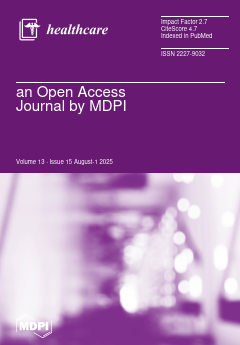Background/Objective: Executive functions (EFs) are essential in the daily management of arthritis, as they influence treatment adherence, decision-making, and the ability to cope with disease-related challenges. The objective of this study was to compare EFs alongside functional status and quality of life in patients with rheumatoid arthritis (RA) and psoriatic arthritis (PsA) and examine their associations with disease activity and clinical variables.
Methods: In this cross-sectional study, 140 patients (70 RA, 70 PsA) were assessed using the Stroop-TBAG, Wisconsin Card Sorting Test (WCST), and Adult Executive Functioning Inventory (ADEXI). Functional status and quality of life were measured with the Health Assessment Questionnaire (HAQ) and WHOQOL-BREF, respectively. Correlations with disease activity (DAS28-CRP), age, and disease duration were examined.
Results: RA patients had significantly higher disease activity and longer disease duration. They showed poorer performance on the Stroop Test (color–word time: 61.6 ± 14.8 vs. 52.4 ± 10.9 s,
p < 0.001; errors: 3.2 ± 2.1 vs. 2.1 ± 1.5,
p = 0.001), more WCST perseverative errors (
p = 0.002), and higher ADEXI inhibition scores (13.9 ± 2.5 vs. 12.9 ± 3.0,
p = 0.013). DAS28-CRP was correlated with EF impairments, disability, and poorer quality of life in RA (
p < 0.05). In PsA, EFs remained relatively stable, although higher disease activity was associated with worse HAQ scores (
p = 0.001). Treatment type was not linked to EF, but patients on combination therapy reported lower physical (
p = 0.009) and psychological (
p = 0.014) quality of life, along with higher HAQ scores (
p = 0.016).
Conclusions: This study revealed that patients with RA exhibit more pronounced executive dysfunction, along with lower ADL skills and quality of life compared to those with PsA. These findings highlight the need for multidimensional assessment strategies in inflammatory arthritis, especially in RA, where cognitive and functional outcomes are closely tied to clinical burden.
Full article






